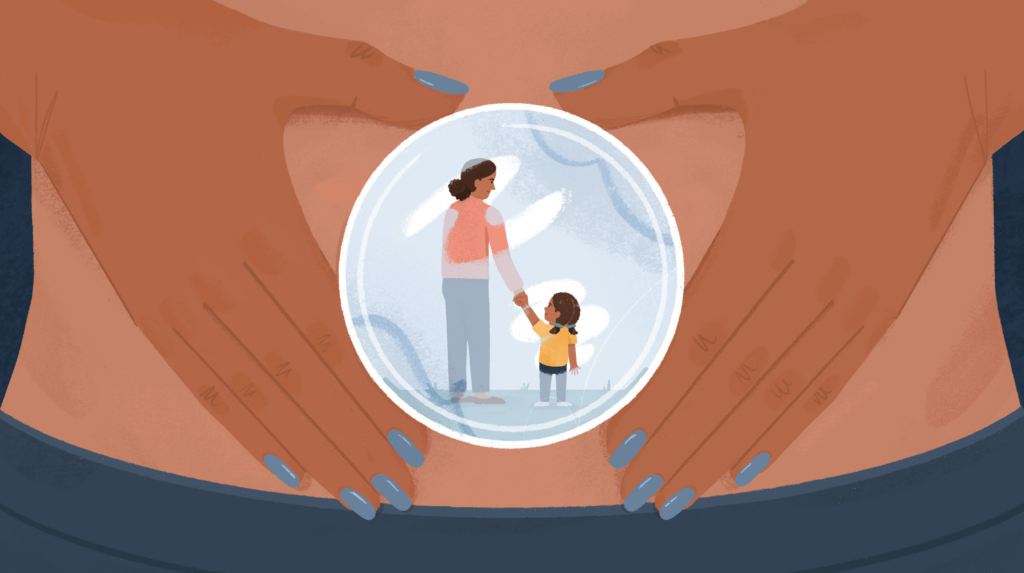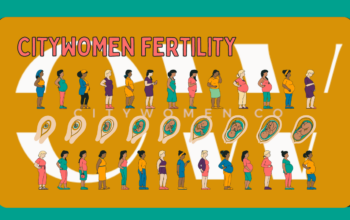
February 02, 2020 at 08:00PM by CWC
There are a lot of bad health trends that we were excited to say goodbye to last year, from detox teas (ugh) to antidepressant shaming. But unfortunately, restrictive diets that promote cutting out whole food groups and severe limitations on what foods are “allowed,” continue to be a mainstay of the healthy eating world.
To be clear, some health conditions such as celiac disease require the shunning of specific foods. But for most healthy adults, overly restrictive diets aren’t likely to lead to any kind of success, whether that’s healthy weight management, sustained energy, nutrition, digestive health, and an optimal relationship with food.
Not only do eating plans that cut out whole food groups can make it isolating and hard to stick with, restrictive diets—and the behaviors they encourage—can lead to orthorexia and other forms of disordered eating. For example, studies have shown that being fixated on nutrition labels and calories can increase the risk of binge eating, anorexia, and bulimia.
So how to stick to a diet that’s genuinely healthy, without having to restrict what, when, and how much you eat? Here, holistic health coach and intuitive eating counselor Rachel Cole shares the habits to stick to that will set you up for long-term success.
ADVERTISEMENT
ADVERTISEMENTKate Spade Autumn/Winter Sale |
How to stick to a healthy diet for the long haul
1. Stop thinking of certain foods as “off limits”
The most important change to make, Cole says, is a shift in mindset. It’s crucial to stop thinking of certain foods as “bad” or “off limits,” she says, because it promotes restriction of those foods—which can lead to unhealthy eating behaviors. “When we introduce restriction, it leads to overconsumption as a means of self-preservation,” she says. One example: Overindulging the night before starting a new diet because of the idea that tomorrow you’ll no longer be able to eat a whole slew of foods you love.
Plus, restriction can warp how we perceive foods. “When you tell yourself something is off limits, you’re likely to think about it more often,” Judith Matz, LCSW, previously told Well+Good. “When you do eventually eat it, there’s a good chance you’ll overeat or binge on that food, which is a natural reaction to deprivation.” Hardly a healthy pattern of eating by any standard.
It takes a lot of work to reframe your relationship with food—involving mindfulness, thought exercises, and potentially work with a specialist—but that is one of the most important first steps to cultivating a sustainable way of eating, says Cole. She emphasizes that this shift in thinking isn’t easy, especially for those with a long history of yo-yo dieting or eating disorders. This is where enlisting the help of a health coach or intuitive eating specialist can help.
Watch the video below for more intel on what intuitive eating is:
[youtube https://www.youtube.com/watch?v=ygymXtEaQhY]
2. follow your cravings
The idea of following your cravings can be a scary thought to anyone who has a history of chronic dieting, but Cole says it’s the natural (and healthy) progression of removing restrictions from foods. “Once you change your mindset into one that gives you permission to eat what you want, when you want it, you’re less likely to over-consume because you know you can have that food at any time,” she says. It makes sticking to your eating plan of choice easier too, because there are no punishments or penalties for “straying” from the diet and allows you to eat all the foods you love.
You might feel skeptical about this, but Cole says it’s one of the principles of intuitive eating for a reason. “You’ll find that your body actually will crave food that’s healthy most of the time; you will not want to eat Twinkies every day,” she says. This is the psychological principle of habituation—where once you are exposed to a stimulus like a food often enough, the novelty wears off and you won’t be as fixated on it.
When you experience a craving, whether it’s due to stress or emotions or just wanting a damn cookie, Cole says to remind yourself that it’s okay. “We don’t just eat for fuel or health benefits. We eat because certain foods give us joy, and people need to be reminded that that’s okay,” she says.
3. pay attention to how your body is feeling
People might argue that by removing restriction and allowing yourself to “give in” to cravings, you’ll just eat ice cream and chips every day. But Cole says that if you pay attention to how you’re feeling physically—including your energy levels, digestion, and sleep—you’ll notice that healthy foods will inherently make you feel better, and you’ll naturally be inclined to eat more of them.
One way to help identify how certain foods make you feel is to keep a food diary. No, not the calorie-counting kind—an intuitive eating journal, which simply tracks what you’re eating at eat meal and how you’re feeling physically and emotionally. You can then use the information in your journal to identify habits and make changes to your eating plan as needed, rather than stick arbitrarily with a diet that’s not truly helping you feel good.
“People often get too caught up in getting ‘x’ amount of protein a day or ‘x’ amount of fiber, but taking cues from your body is a better rubric,” Cole says. For example, if you notice constipation, then you can note that adding more fiber to your diet could make you feel better—instead of obsessively trying to hit a certain number of grams per meal.
ADVERTISEMENT
ADVERTISEMENTSports Direct Free Delivery on All Orders! |
4. Order for yourself, not the table
Eating out can be a tricky hurdle for someone wondering how to stick to a diet. Cole reiterates that listening to your body still applies when eating out and urges eaters not to let others at the table influence their order. “These days, when you go out to eat, virtually everyone at the table is on some sort of eating plan or diet,” she says. “Sometimes it can be helpful to go to the restroom before ordering, just to get a minute to yourself and clear your mind. That way, when you return to the table, you’re better able to tune into what you want to eat.”
Cole also says having a mindset of abundance, not restriction, applies here, too. “Someone with a restrictive mindset may feel they have to eat everything on their plate because this is the only time they can eat it. Whereas if you have already engrained in yourself that no food is ever off-limits, you know that you can enjoy the rest for lunch the next day or enjoy it later,” she says.
5. keep snacks with you that make you feel good
Many times, people end up eating something that doesn’t make them feel great—or even something they don’t really want—because they have limited options to choose from. Cole says the antidote to this is making sure you have food in your purse, pantry, or work drawer that actually serves you. “Figure out a few portable snacks that reliably make you feel good,” she says. You’ll be setting yourself up for stable mood and energy levels, too.
6. plan ahead
Similarly, planning ahead—especially if your schedule is fully booked—is a good way to make sure the foods you actually want to eat are readily available to you. Creating a meal plan, having an arsenal of ready-in-minute meals, or stocking your fridge with staples that can be quickly combined and enjoyed can all make life easier, and make it easier to stick to your eating plan.
BTW, wellness and diet culture are not the same—not even close. And yes, eating for pleasure is important.
Author Emily Laurence | Well and Good
Selected by CWC

ADVERTISEMENT
ADVERTISEMENTUp to 30% off Gift Sets |







